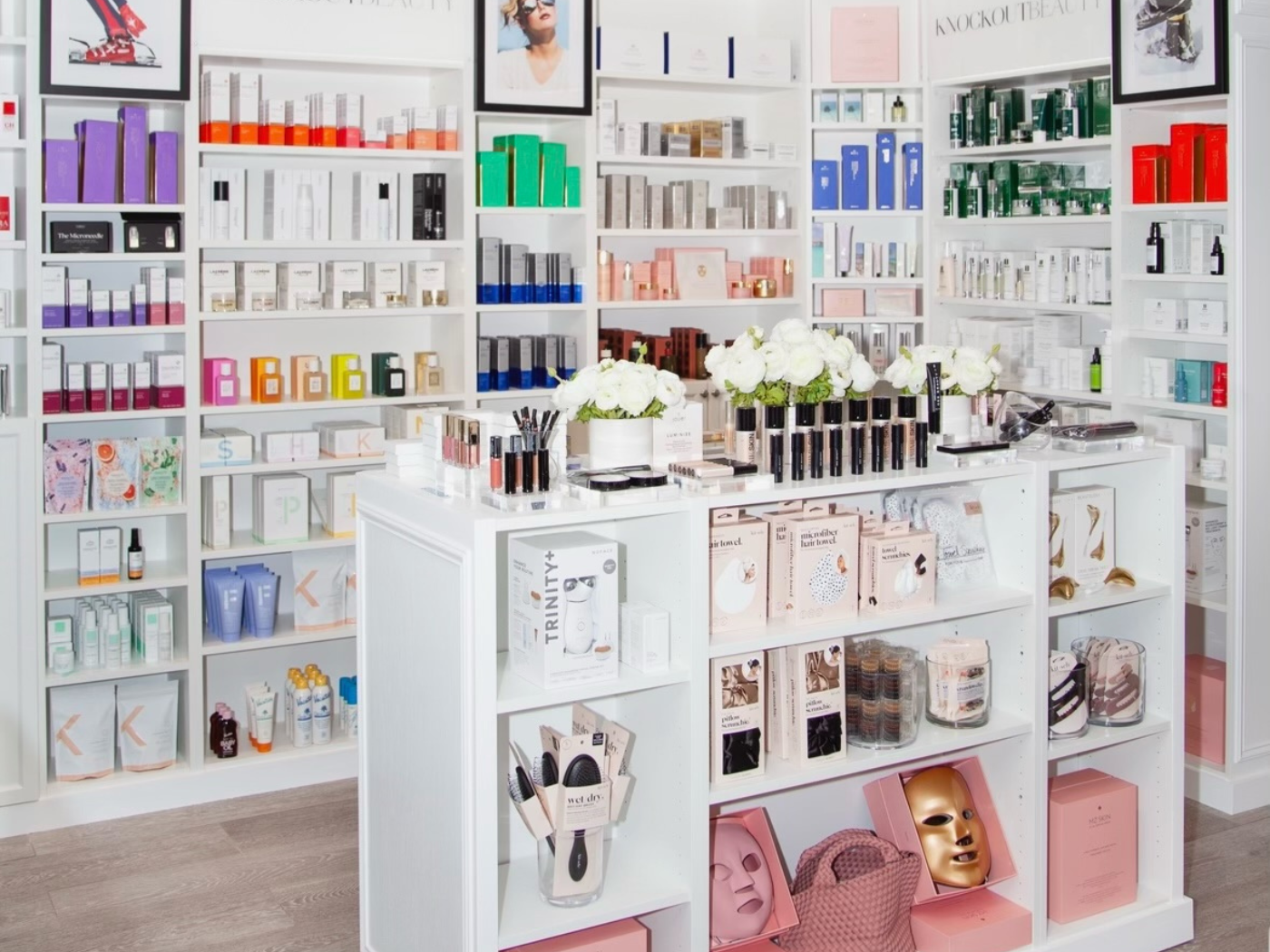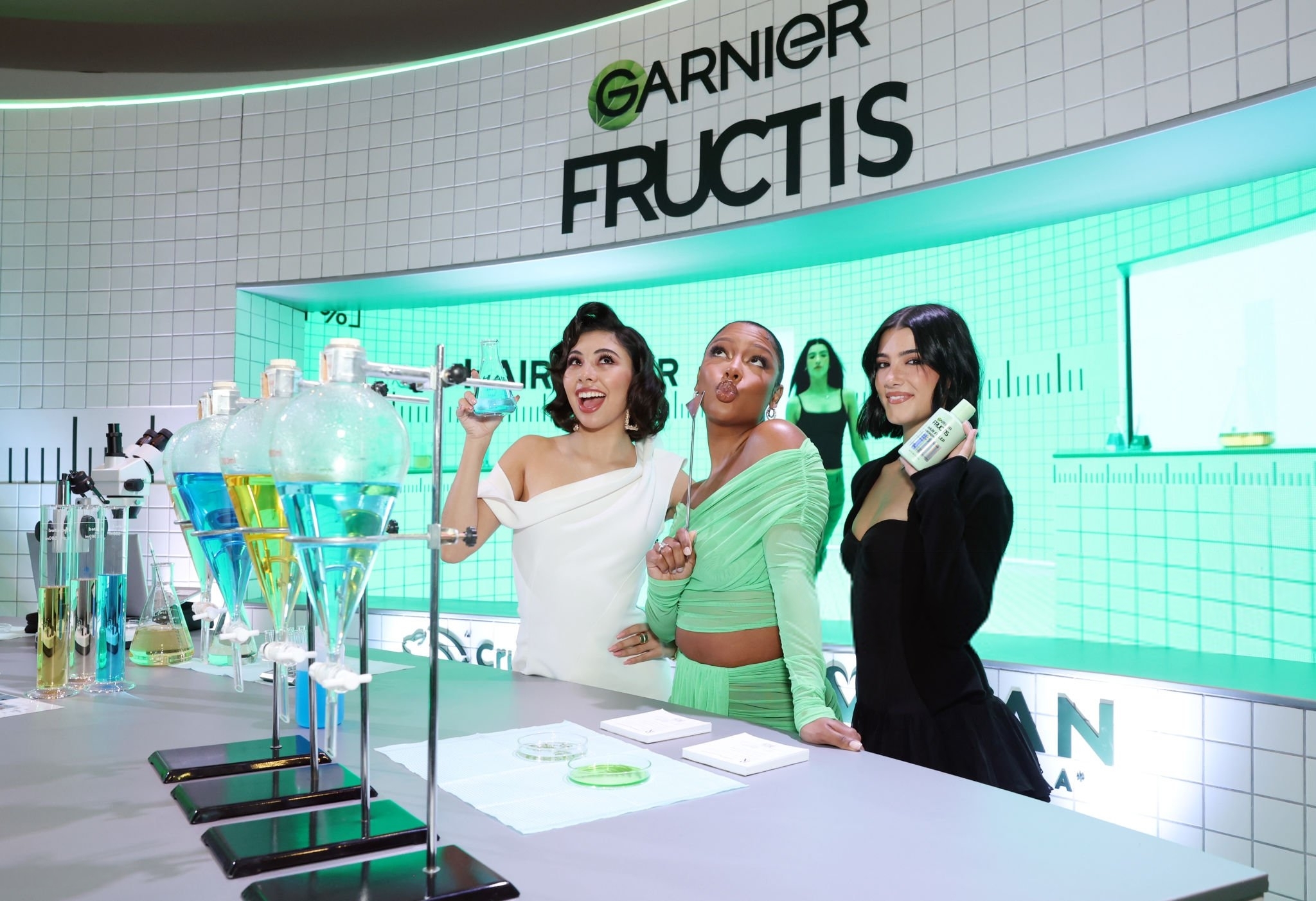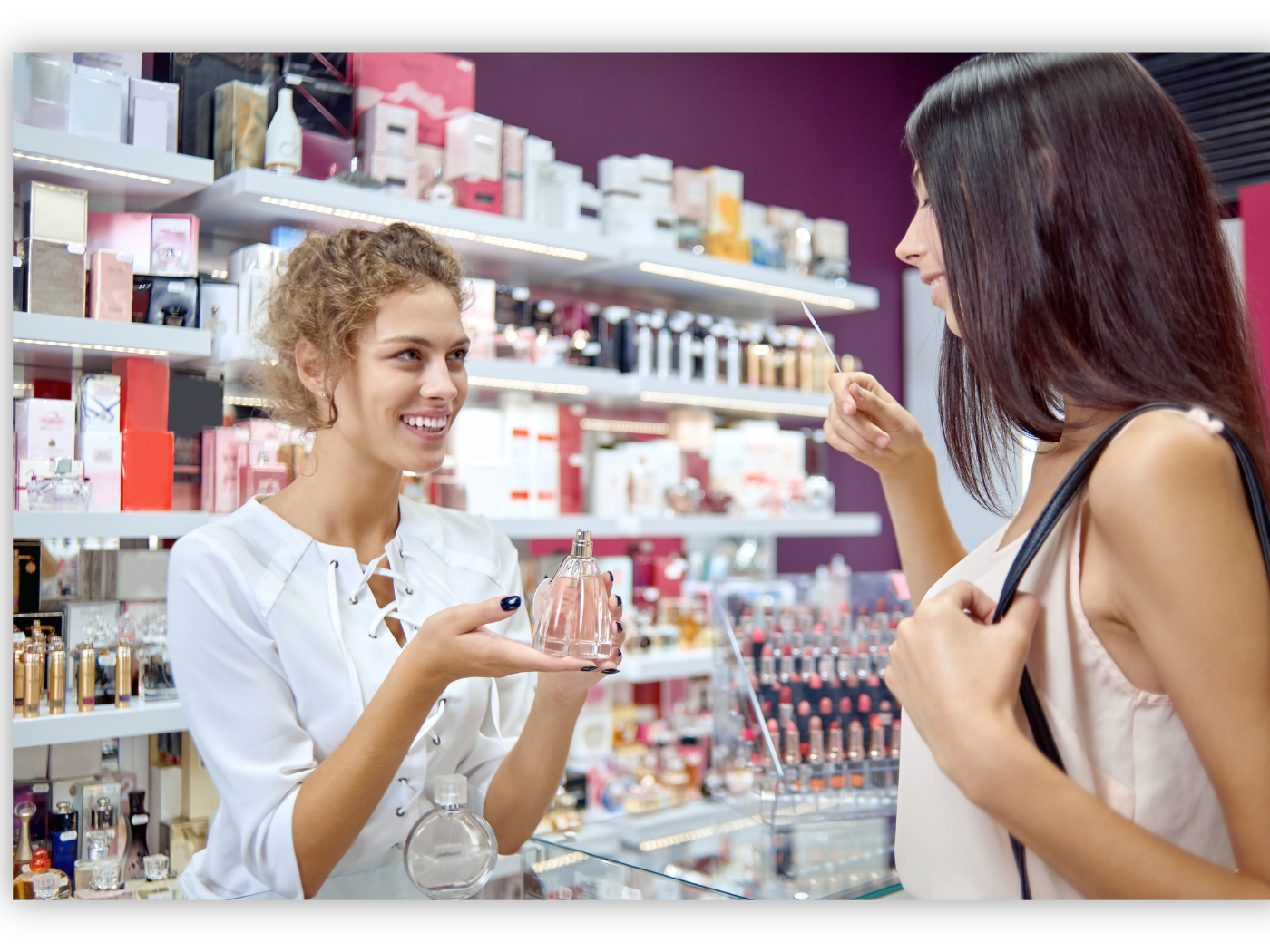With a background in designing, developing and manufacturing beauty products for 32 years, Adam Minto has seen the rise of many brands, some of which his own factories had a hand in developing, including M.A.C, Urban Decay, NYX, e.l.f. cosmetics, and Sephora branded products. The idea for a new beauty company, Revolution Beauty, came in 2013 with business partner Tom Allsworth, with the goal of changing how the industry made and marketed products. Today, Revolution Beauty, which is based in London, generates 600 million pounds at retail through DTC and brick and mortar partnerships with Ulta Beauty, Target and Superdrug. Here, Adam talks with CEW Beauty News about revolutionizing beauty at mass, branching out into new categories and how TikTok changed the face of the beauty industry.
Beauty News: What was the premise for creating Revolution Beauty?
Adam Minto: If you go back to 2013 when the idea for Revolution was created, I felt that the industry was elitist and had a forced version of beauty. It used models, retouched images and no representation of diversity. So we really wanted to create a brand that went against this, and that created affordable, cruelty-free and vegan products for the consumer, but also for the industry. I really wanted the challenge.
Beauty News: Talk about the company’s growth since launch.
AM: We accomplished what we set out to do first with makeup, then with skin care, delivering quality performance to the customer and accessible shade choices. And we did this DTC, me and my business partner, Tom Allsworth, on March 28, 2014. Doing it this way— building a brand without any traditional marketing dollars—means building your business solely on social media. And that gave me direct interaction with my consumer. And by selling direct to the consumer, the data we collected was pure in terms of what they liked, what they bought, and what they didn’t. It gave me the concept of a test and learn that strategy. We launched products every week to grow our business and offer consumers products by our incredible team. On week one, we launched DTC but also on 10 beauty retailer websites in nine countries. This built brand awareness, as well as revenue. Then, we tested in Superdrug, and smashed it. Now we’re in front of store in every Superdrug. In 2015 we went to Ulta Beauty and we had an end cap test in 200 stores. Now, we have 16 feet of space with two brands in two categories chainwide.
BN: Why do you think Revolution Beauty resonated?
AM: The communication in that demographic at that time via social media, consumers and influencers was very strong.
BN: How did you revolutionize beauty at mass?
AM: In 2017 we launched a mass brand, before the word masstige came into play, that looked aspirational. At the time, Maybelline, CoverGirl and Rimmel were looking very young. And this seemed to propagate that once you got to a certain age, you had to leave the drugstore. The branding we used had very clean packaging, rose gold and black. It targeted new trends such as contouring and highlighting, a first for mass.
BN: What is the size of the business now?
AM: We will be heading towards 600 million pounds at retail by the end of 2021. As of last year, the U.K. was our largest market, which represents 32 percent of our business. The U.S. is at 28 percent; Europe is about 30 percent. Then you’ve got rest of the world which is growing very, very fast, in particular Russia and India, pre-COVID.
BN: One big event in 2017 was the TSG investment. Talk about why you decided to bring them on and what it helped the company do.
AM: The VC industry is made up founders who create brands so they get sold. We were hugely successful right from the start, and we were being approached by the usual names. Ultimately we were very flattered by TSG; I would describe their team as the Warren Buffets of the beauty industry. And in March 2017 TSG invested. Tom and I are still majority owners. The investment helped us with financing, our rapid growth and advice. As a beauty founder you have a vision for what you want to do, but someone like TSG helped me figure out the thing that was missing and that was how we were going to grow this brand more and more, and build an amazing team. That advice to a founder is crucial. We now have 226 incredible people in five offices around the world. Our U.S. hub is in Chicago because of Ulta.
BN: What has been your expansion strategy?
AM: Many beauty brands concentrate on crushing it in the U.S. and then tackling Europe. Some deliberate moves we made was in 2015 when we entered the U.S. and in 2018 when we entered Australia. So we built out the continents.
BN: Talk about the company’s business model. How does the company manage its four brands internally?
AM: The premise of Revolution is simple. Our job is to create products, brands that are a reflection of the consumer. So we create—there are no plans for acquisitions—all our brands ourselves with different identities and relationships with the consumer all with an accessible price point. Everything is under the Revolution brand broadly speaking; we have created one other brand but that’s not part of the go-to strategy. Revolution covers skin care, hair care; then we have our biggest brand, Makeup Revolution.
We also have a professionally-positioned range for some of our slightly older consumers, which has more skin care ingredients and better packaging. So there’s the good/better/best model. Then we launched XX, which mixes skin and makeup together. Finally, and most excitingly, we’ve just launched two new parts of the Revolution family. We’ve just launched Relove online and everything is priced under $6. We have big plans to put it into 12 countries in bricks and mortar by Q1 next year. We’re currently negotiating distribution. And in the middle of June we will have our first clean brand, Planet Revolution, which is not only clean ingredients both in skin and makeup, but it uses fully biodegradable or recyclable packaging.
BN: What is coming up for the company?
AM: We plan to take the Revolution brand into new categories. What I’m most excited about is our entry into men’s. We are currently in development of a men’s range, which will be an extension of our skin care that’s genderless, and also categories such as shave and grooming, and some makeup related products.
BN: Influencers have been key to company growth. What is the secret here?
AM: I think like any private company we evolve and try and always do the right thing. And when your business is growing at extreme levels you miss putting in certain infrastructure in place. Like any founder it’s never easy growing a company globally. We’ve always had incredible relationship with influencers. Our next move is building relationships with them very purposefully in the U.S., which we think will really accelerate our business and our communication strategy to our consumer. And we’ll be doing that in Germany, France and Italy, as well.
BN: You’ve said that TikTok has changed the face of the beauty industry. Explain how this is so.
AM: Revolution was born on Instagram. We were an early adopter seven years ago. Over the last year in particular, TikTok changed the beauty world. The best thing about it is it allows you to globalize campaigns, which isn’t as simple on other social media platforms. The most important thing I can say about TikTok is that TikTok is our home. It’s our place. As a platform is best for its education and authenticity. It’s a place for incredible snackable creativity. It shows equally the perform as well as the transition to the after.
BN: What are you doing new on the platform?
AM: A couple of months ago we partnered with TikTok to have the world’s first global beauty pageant to find the next Revolution creator. We are calling this campaign Creator Revolution. The campaign has been in market for nine weeks and it has had five billion views. We expect to have well over 10 billion views by the end of the campaign. But forget about the fantasy of views. It’s allowing us to find, in the first round, 30 of the best creators on TikTok.




